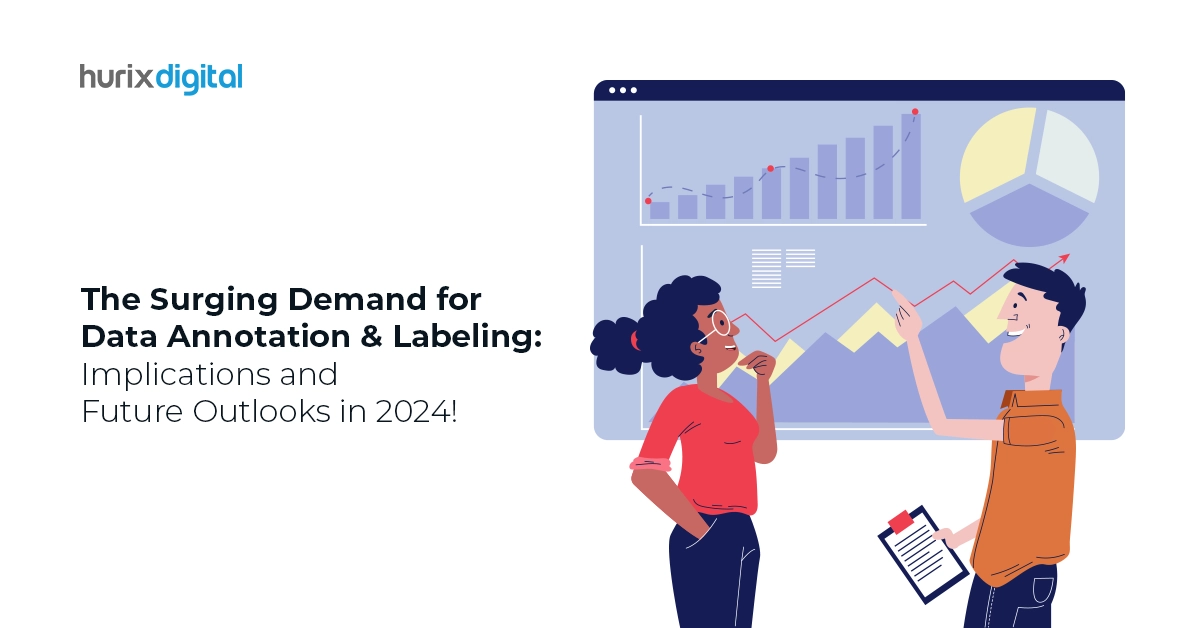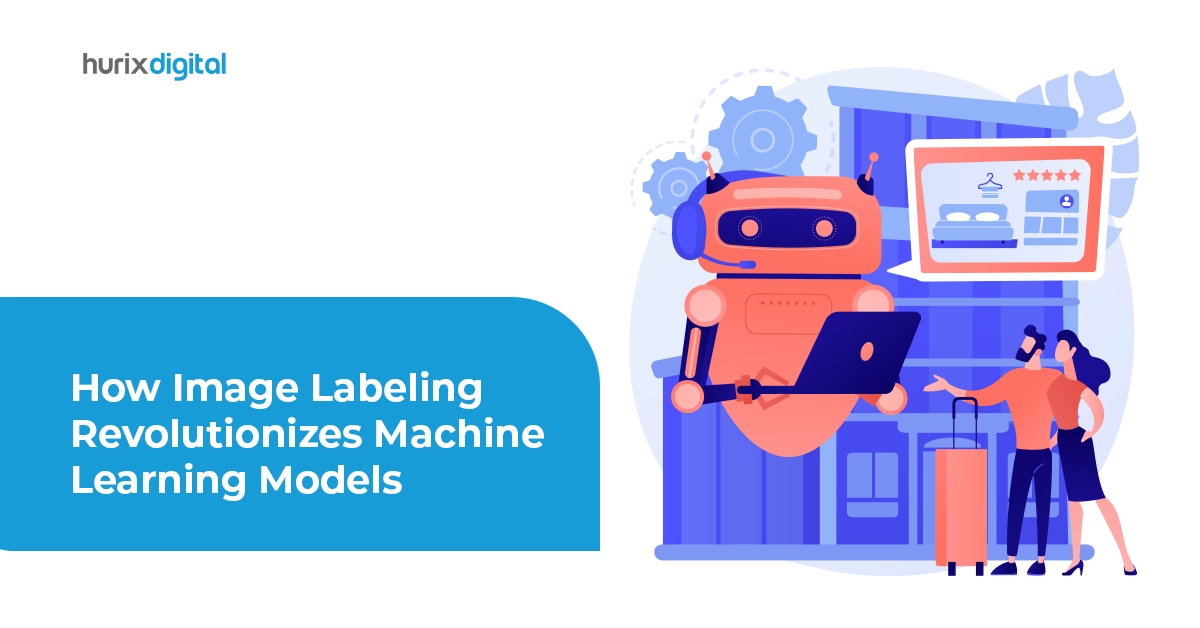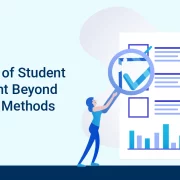
The Surging Demand for Data Annotation & Labeling: Implications and Future Outlooks in 2024!
Summary
Explore the growing demand for data annotation and labeling. This blog discusses the implications and future outlooks for this critical aspect of data management.
Massive technological advancements have pressured businesses to keep up and improve constantly. Incorporating AI-assisted labeling and annotated data that gives insights, opportunities, and solutions helps sectors survive the complex, competitive digital world.
In the digital age, data is the new currency, and its value lies in its ability to drive insights and innovation. However, the raw data harvested from various sources often requires processing and organization before it can be harnessed effectively. This is where data annotation and labeling come into play.
In 2024, the demand for data annotation and labeling services has surged dramatically, driven by the exponential growth of AI and machine learning applications across industries. In this article, we will discuss the role of data annotation and labeling and how it will affect industries in the future.
Table of Contents:
- What is Data Annotation & Labeling?
- How Data Annotation and Labeling Enhances Workflows?
- Role of Data Annotations and Labeling in Industries
- Future of Data Annotation and Labeling
- Conclusion
What is Data Annotation & Labeling?
The driving force behind AI and ML technologies is the crucial amount of data they operate on. And the strategic extraction of this data can reveal innovative insights, stories, and new ideas to enhance business models. For the raw data to aid in research, it must be annotated and labeled.
- Data annotation refers to labeling random text, videos, and images to organize the raw data.
- Data labeling refers to the more detailed labeling of texts, images, and videos for analyzing the raw data effectively.
Business giants, research organizations, and healthcare sectors depend heavily on data utilization to produce innovative solutions to targeted concerns.
How Data Annotation and Labeling Enhances Workflows?
The various industry adoptions of data annotations and labeling and how they make workflows efficient are as follows:
- e-Commerce: to improve customer experiences and personalization
- Research sectors: demand for high-quality data annotations to support AI-powered innovations
- Banking, insurance, and finance industries: document-based processes, customer interactions and digital services
- Social Networking Sites: content identification and monitoring, asses emotions and harmful content detection
- Agriculture Sector: disease detection, predicting yield estimations and growth stages
Role of Data Annotations and Labeling in Industries
The reasons for the rise in demand for data annotation and labeling in the market are:
- Enhanced customer services: data annotation provides companies with customer journey patterns, and behavior analysis, which helps personalize the e-Commerce websites for a satisfactory customer experience.
- Survive in a competitive market: when businesses use data annotations to form efficient strategies for more innovations and operations, they stay ahead.
- High-quality data: when your data annotations and labeling are of high quality, the machine learning models can produce better outputs for more informed decisions.
- Efficiency and enhanced work output: With data already annotated and labeled, the manual workforce can take a break from redundant data work and move towards more complex tasks, increasing the overall output and efficiency of the team.
- Education and Institutes: For high-level research and papers by academia, the institutes entertain a huge influx of annotated data to provide accurate information in research and experimentation.
The data annotation industry is in high demand to power AI-based programs that are set to revolutionize workplaces, academia, and homes.
Future of Data Annotation and Labeling
According to the reports, the data annotation market will have a compound annual growth rate (CAGR) of 26.5% by 2030. The industry will play a major role in global technological advancements, with heavy demands in the AI-powered and healthcare sectors. Data annotation is fundamental to training AI systems and machine learning projects for accurate outputs.
With 2024 being the year of Artificial Intelligence and more organizations globally depending on AI for efficient workflows, the data annotation market will thrive and expand with more technological advancements.
Here are a few examples of how data annotation will massively affect industries:
1. Surge of Data Annotation in e-Commerce
The online e-Commerce market depends heavily on high-quality data annotations to provide personalization to their customers.
For example, product recommendations, special offers, customized shipments, and unique suggestions are powered by analyzing annotated data that provides information on customer patterns. This process encourages customer engagement and drives more online sales.
The involvement of AI image labeling and annotation will massively drive e-Commerce operations in the future.
2. AI Labeling in the Automotive Industry
Self-driven cars are powered by high-quality data annotations that back up AI functioning, enabling the AI to understand their surroundings, make basic decisions, and navigate without human intervention.
The perception systems depend on labeled images and videos to develop a reliable self-driving system that can maneuver independently. Automotive industries will rely hugely on data annotations to power their automated innovations and survive a competitive sector.
3. Data Annotations and Labeling in Healthcare
The healthcare sector is one of the major consumers of AI-driven medical technologies for enhancing healthcare training and workflows for doctors.
For example, medical procedures use AI-powered computer visions that use labeled medical images to identify possible injuries and provide patient reports. Also, MRIs, CT scans, and X-rays can be scanned by AI systems to detect any medical injuries or problems.
This automation is based on the medical data annotations and labeling that teach AI systems how to read images.
4. Use In Natural Language Processing (NLP)
NLP applications depend on accurate data annotations to help them understand human language better. With the rise of NLP applications such as chatbots, voice applications, smart assistants, and sentiment analysis, accurate data annotation will be imperative for producing efficient NLP tools.
5. AI-powered Annotation Tools
With such a huge demand for data annotation, relying only on a manual workforce for data annotation isn’t practical in the long run. Many organizations are integrating AI-powered data annotation tools to handle big data and save time.
6. Machine Learning For Data Annotation
Machine learning algorithms can further enhance the quality of data annotations and AI image labeling. This process produces high-quality data to deliver to organizations needing high-precision data.
For more output, the integration of advanced technologies in data annotation companies will be more effective in the future.
Also Read: How Image Labeling Revolutionizes Machine Learning Models!
Conclusion
With the rise of AI-powered applications and advancements in technologies across various sectors of healthcare, e-Commerce, automotive, and more, the demands for precision data annotation and labeling will exponentially skyrocket. It will shape the future of jobs, quality of life, and new technologies in an ever-changing world.
Hurix Digital provides quality assurance by educating you about future technologies and providing assistance in growing your business online in a competitive scenario. Whether you’re navigating the complexities of AI integration or seeking to optimize your data labeling workflows, we’re here to support you every step of the way.
Reach out to us today to learn more about how we can help propel your organization forward in the era of AI-driven innovation.

Vice President – Digital Content Transformation. He is PMP, CSM, and CPACC certified and has 20+ years of experience in Project Management, Delivery Management, and managing the Offshore Development Centre (ODC).




